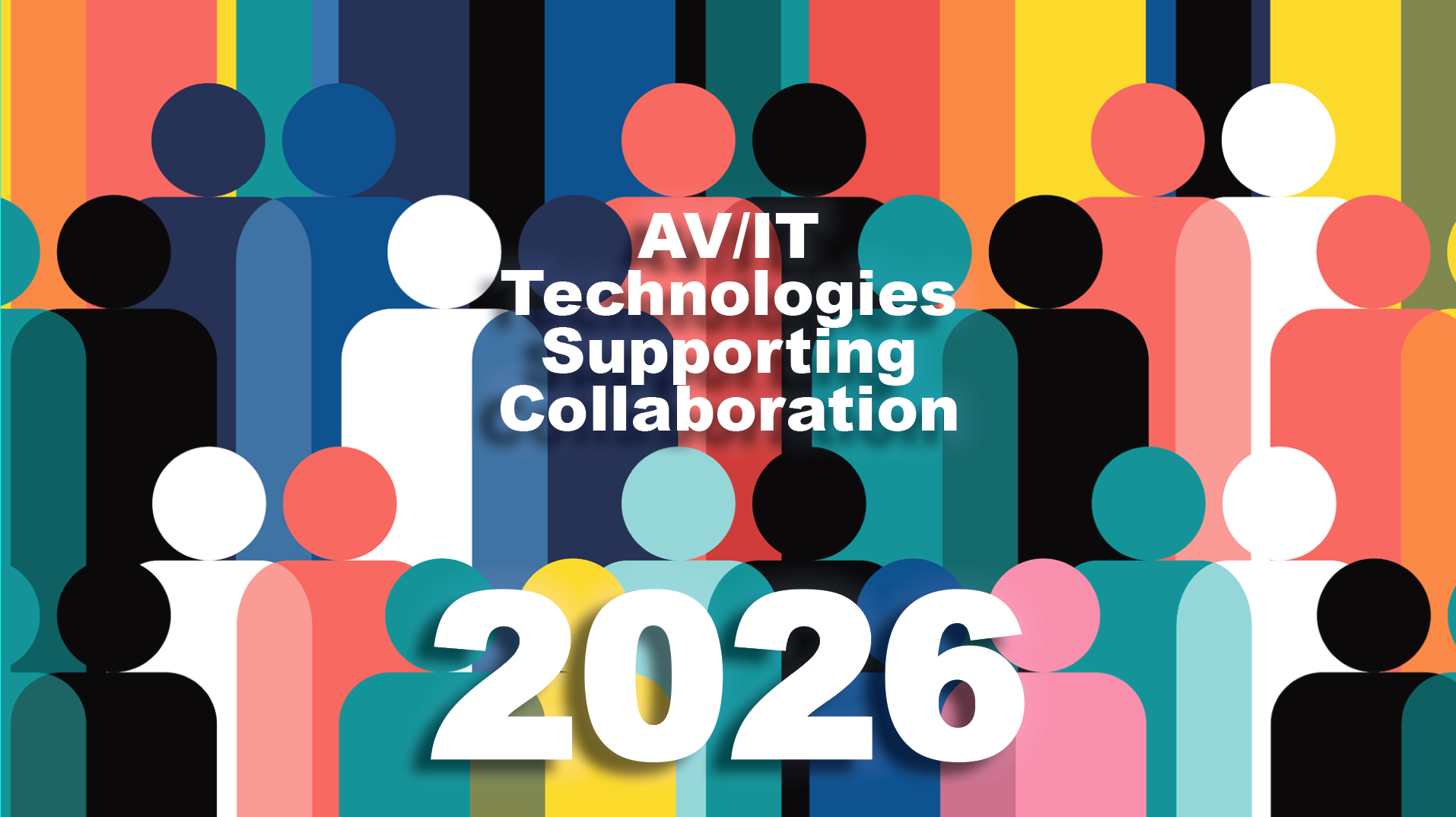How It’s Done: Tips for First-Time Live Streaming

You are the link between your organization or client’s vision and the CDN (Content Delivery Network).
There is a lot more than technology involved in streaming a live event. We’re not talking webcams, or teleconferencing; this will be a real production. It could be a product introduction, a live concert, or simply a series of panel discussions. Whatever it is, there will be common elements like those covered in this article.
Here are the basic — yet essential — considerations when setting up for your first live streaming event:
Get a CDN
Get to know CDNs. There are so many choices out there and many different services. For example, if low price is your objective, you can probably get it if you can tolerate advertising added by the CDN. If you have a corporate client this is probably an unacceptable choice. Can the CDN handle the number of “hits” you are expecting? Is there a person you can contact directly if things stop working? What type of statistics do they provide during and after an event (how many people are on, how long are they staying on, where are they)? Do they provide clear, easy to use, information on how to add the streaming material to an existing website?
Along with the CDN, you will need to find a way to encode (compress) the video and audio so it can be streamed to the CDN. Your choices are software (application running on a computer) or hardware (stand alone encoder / producer station). Software solutions may sound attractive on a cost basis but nothing beats the reliability of a hardware product. There is also the flexibility that hardware solutions provide. The encoder can be located away from the video production area, down the hall, in an equipment room. In many cases, a hardware encoder can be setup and managed remotely by someone at your home office while you work on the production issues at hand. This is not so easy when you have a software codec running on the same computer that is doing audio, video and graphics control.
You, or the client, should pay for a dedicated link from the Internet service provider for the duration of the event. Yes, a standard high speed Internet connection can work, but it can also be unreliable and possibly congested with other traffic.
A daily selection of features, industry news, and analysis for tech managers. Sign up below.
Manage the process
Talk to the end users or your customer. Meet face-to-face if possible. Listen to their concept, hear it all, and then ask questions. You may not get another chance to get the picture straight, so try to be a thorough as you can. The earlier you can meet, the better.
What you need to know
What does your client want their viewers to experience? Do they just want a simple window, or are they expecting inserted titles, logos, “what’s next” slide? If they are creating their own graphics, get a sample as soon as possible to test with your system. What about Power Point or Keynote graphics? Do they need video playback? Get an idea of how many camera angles you will need. Does your client expect the program to be recorded? Are they supplying people or are you providing all crew? Is this a previously organized event where you are just providing the streaming, or are you also part of the main show?
Visit the site
Don’t take anyone’s word for what it’s like. Assume nothing. You need to know:
- Where is the power?
- Where will the Internet connection be?
- Where are you getting audio from? Your own mics or “house audio”?
- Where will you be?
- When do you have access?
- Where do you park? How close or far from the live event?
- Is there storage / security for equipment if left overnight?
- Who is the contact if you need something, if power goes out, etc?
Make an inventory & test-drive
If you want to appear professional and make your team or client happy, nothing beats making a drawing/ sketch of the location and a line drawing of how everything connects. The room drawing will help you estimate cable lengths, sight lines, and the best place to put your gear.
A line-drawing nearly always shows up a missing cable, adapter, monitor, or microphone. From the drawings you should make an inventory. You need to know:
• How many and what types of cables and what lengths?
• What adapters might be needed for audio and video connections?
• How many power outlets will you need?
• How much time will you need to put it all together?
If you can plug it all together before the show day, you should. You will be much more confident on show day if you know everything turns on and you have tried any unfamiliar equipment. It’s great to know picture and sound are working, levels are good, and you actually have everything in one place.
Don’t forget the Essentials
There simply has never been a set-up where nothing was changed, moved, substituted, patched, etc.
It’s the little stuff that often eats up the most time. Having a good “kit” with you is essential. Consider having:
• Black genuine gaffer’s tape. Duct tape is not a suitable substitute.
• White tape for labeling mixer, switcher, monitors, cables.
• You can’t have enough power strips.
• Extra AC power cords.
• Extra CAT5 cables.
• Ethernet “dumb” switch.
• Basic tools.
• Everyone’s phone number.
Get there early, don’t be in the way, understand that you are not the show, and — most importantly — have fun.
Greg Boren is a product marketing engineer at Marshall Electronics.
info
Marshall Electronics
www.marshallusa.com
